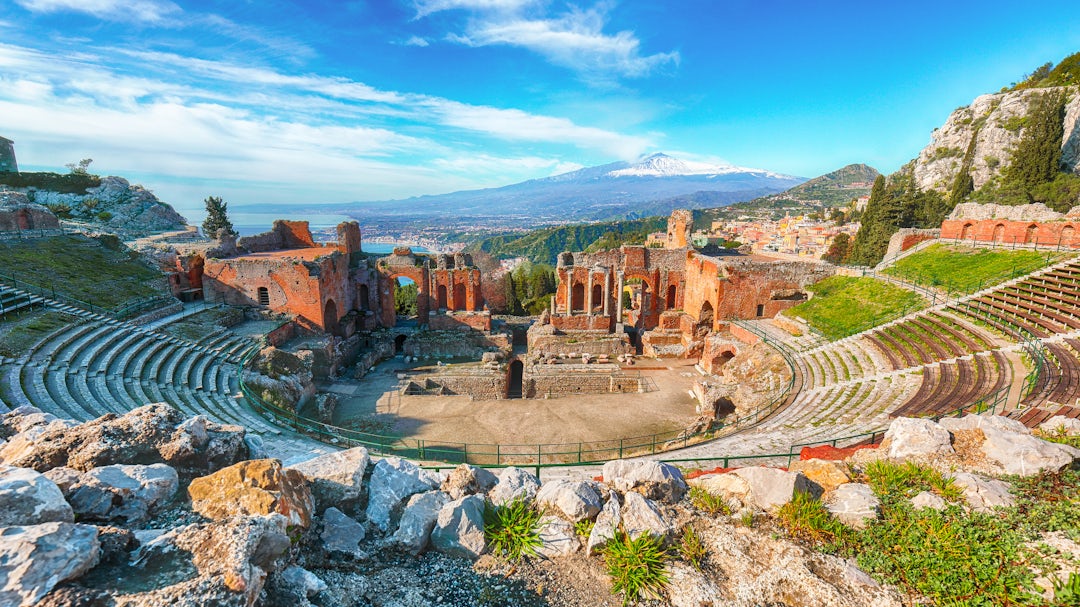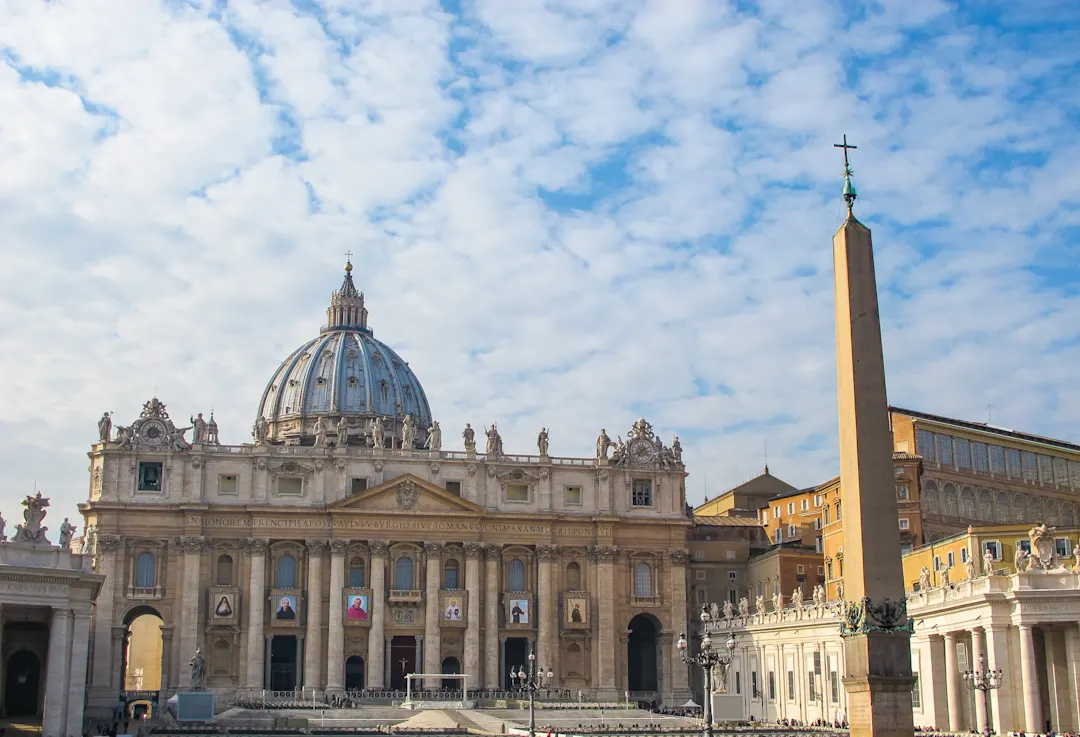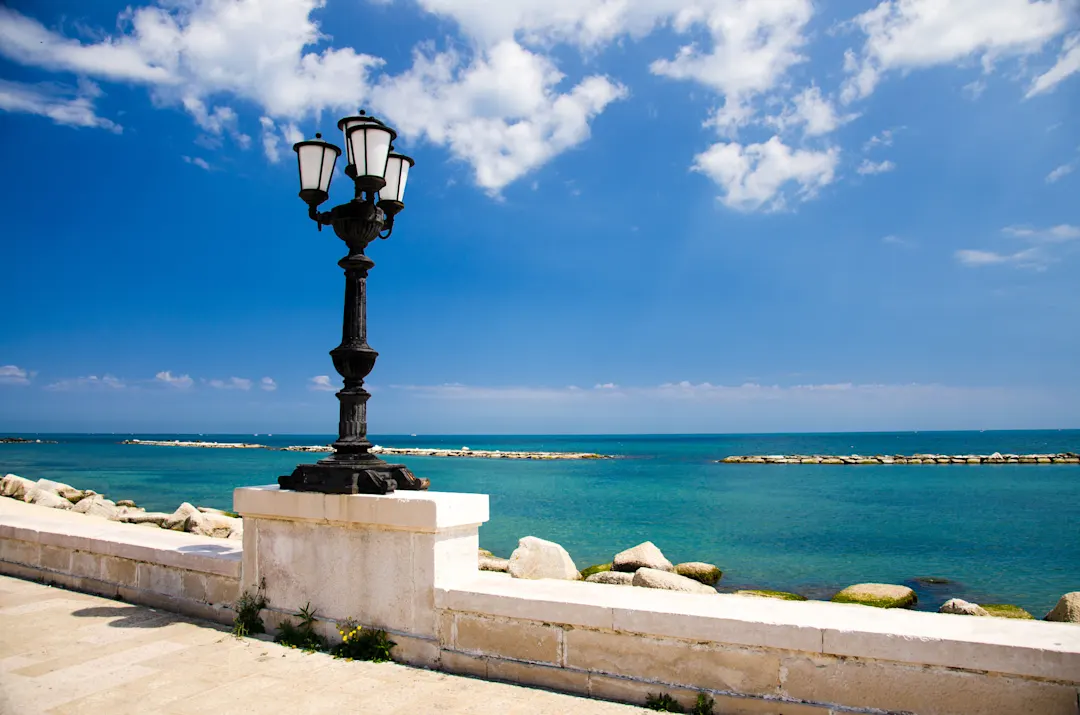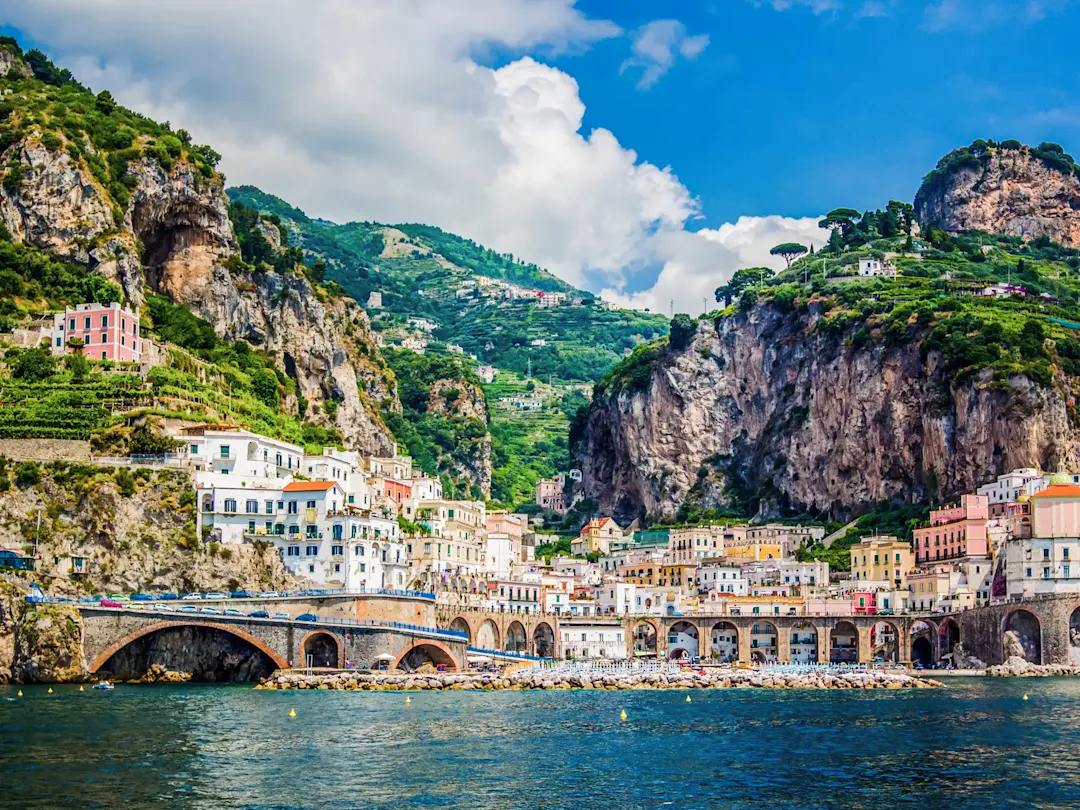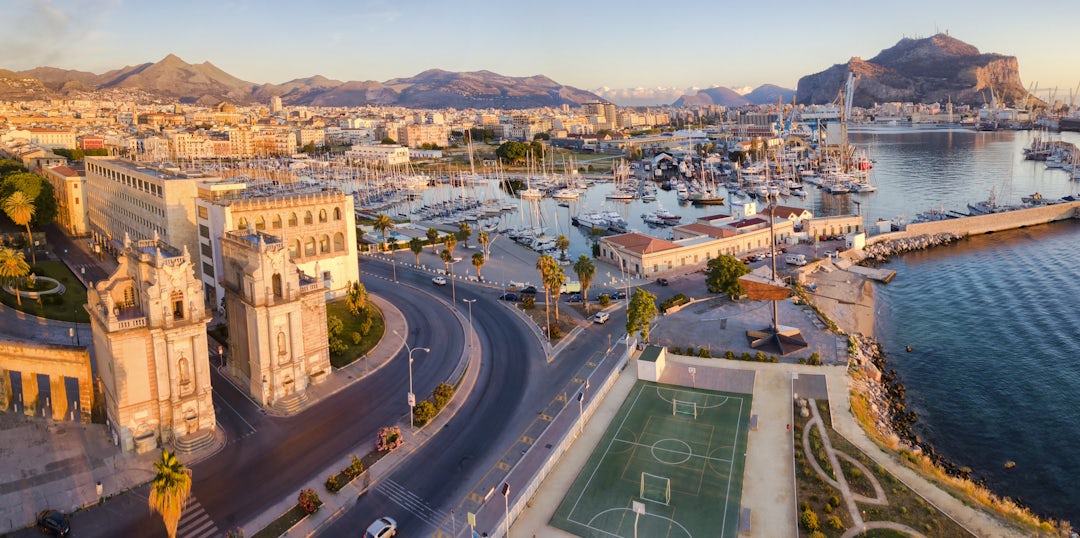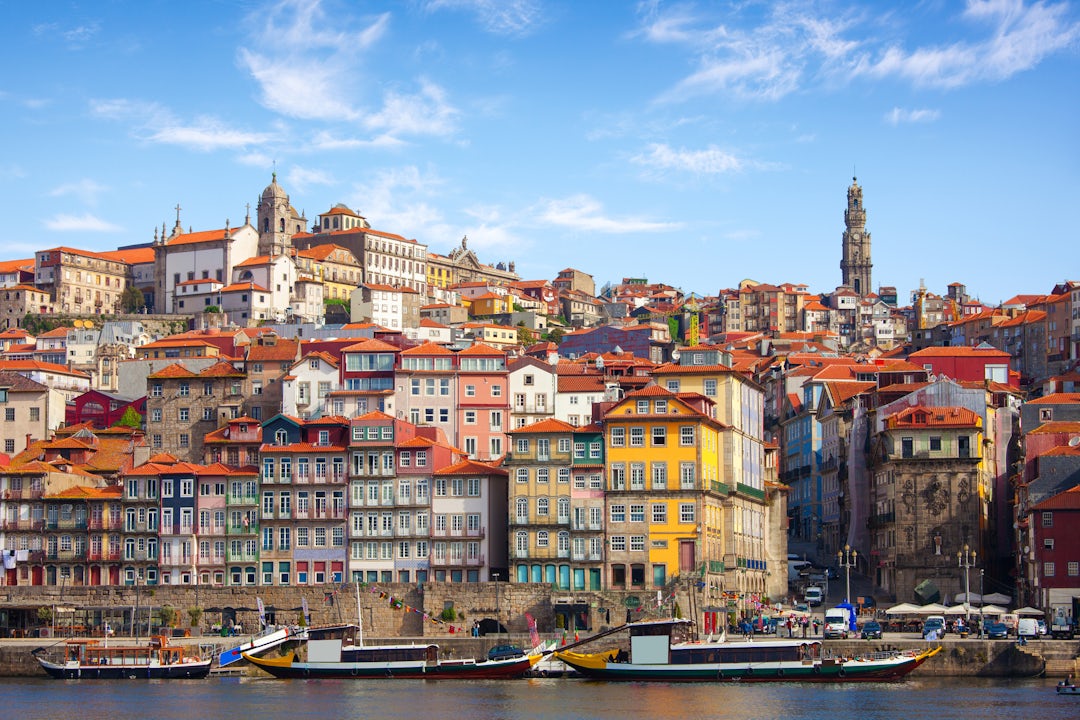

The best time to travel to Italy
Experience Italy all year round
Plan your Trip
Your tailor-made itinerary – No cost, no commitment
Excellent
4.5 of 5
4,723Reviews
Excellent
Our expert recommendation
The best time to travel to Italy is from April to September. This is when the days are long everywhere in Italy and promise plenty of sunshine. No matter which region you choose, the likelihood of rain is low. However, the best time for you to travel also depends on your preferences and planned activities. You can find useful travel planning information here.

Antonella Deuster
Travel Expert for Italy
Updated on 05/15/2025
When Is the Best Time to Travel to Italy?
The best time to visit Italy is typically in the spring (April to June) and fall (September to October). During these shoulder seasons, you'll enjoy pleasant weather, blooming landscapes, and fewer crowds at popular sights—making it a good time to travel to Italy if you're looking to explore without the summer rush. These months are also perfect for wine lovers and foodies, as the grape harvest begins in the fall and seasonal markets flourish.
If you’re hoping to see Italy in full sunshine and don’t mind the crowds, July and August are the best time of year to go to Italy for sun-soaked days and beach vacations. Just keep in mind that this is also peak travel season, so prices and visitor numbers will be higher.
Looking to avoid crowds in Italy? Winter (November to March) is considered the off-season in many regions. While northern Italy tends to be cold and rainy, southern Italy—including Sicily and Apulia—often sees mild winter temperatures. Some attractions may have shorter hours, but this can still be the best time to visit Italy to avoid crowds and explore its rich cultural heritage at a more relaxed pace.
Whether you’re planning to sightsee, enjoy food and wine, or just soak up the scenery, the ideal time to visit Italy depends on your travel goals.
Plan for free
Custom holiday packages and trips that fit your budget
Personalized for you
Itineraries built exactly to your needs
Private VIP guides
A personal English-speaking, native-European travel expert for every step
Peace-of-mind support
Full service assistance before, during, and after your trip
Italy has a predominantly Mediterranean climate. However, due to the large area and various geographical features - from high mountains to the coast - there are many regional differences and even microclimates.
Spring and fall are mostly mild and sunny. Summer is suitable for people who like long hot days and don't mind crowds. In winter, winter sports can be practiced in the mountains. A vacation in Italy from December to February is particularly worthwhile for city trips due to the low number of visitors.
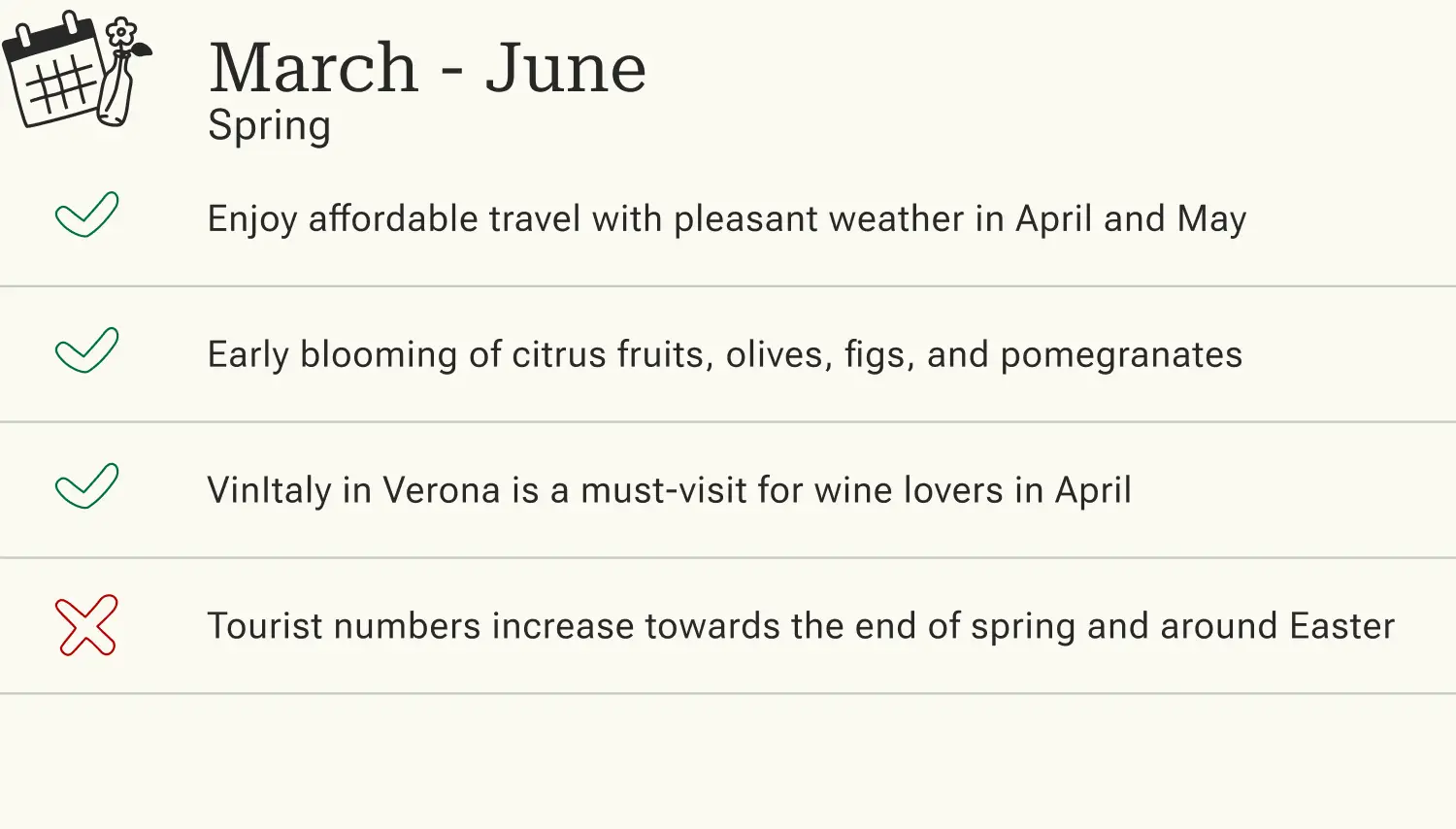
Italy in Spring
Spring in Italy is mostly mild and bright, especially in April and May. March is cool and spring rains can occur. In April, cool, rainy days alternate with pleasant, sunny days, while the weather in Italy in May can already be summery, ideal for walks and sightseeing. Unfortunately, this is no longer an insider tip. If you are planning a spring vacation at the best time to travel to Italy, it is best to avoid Easter, as the cities are even more crowded then.
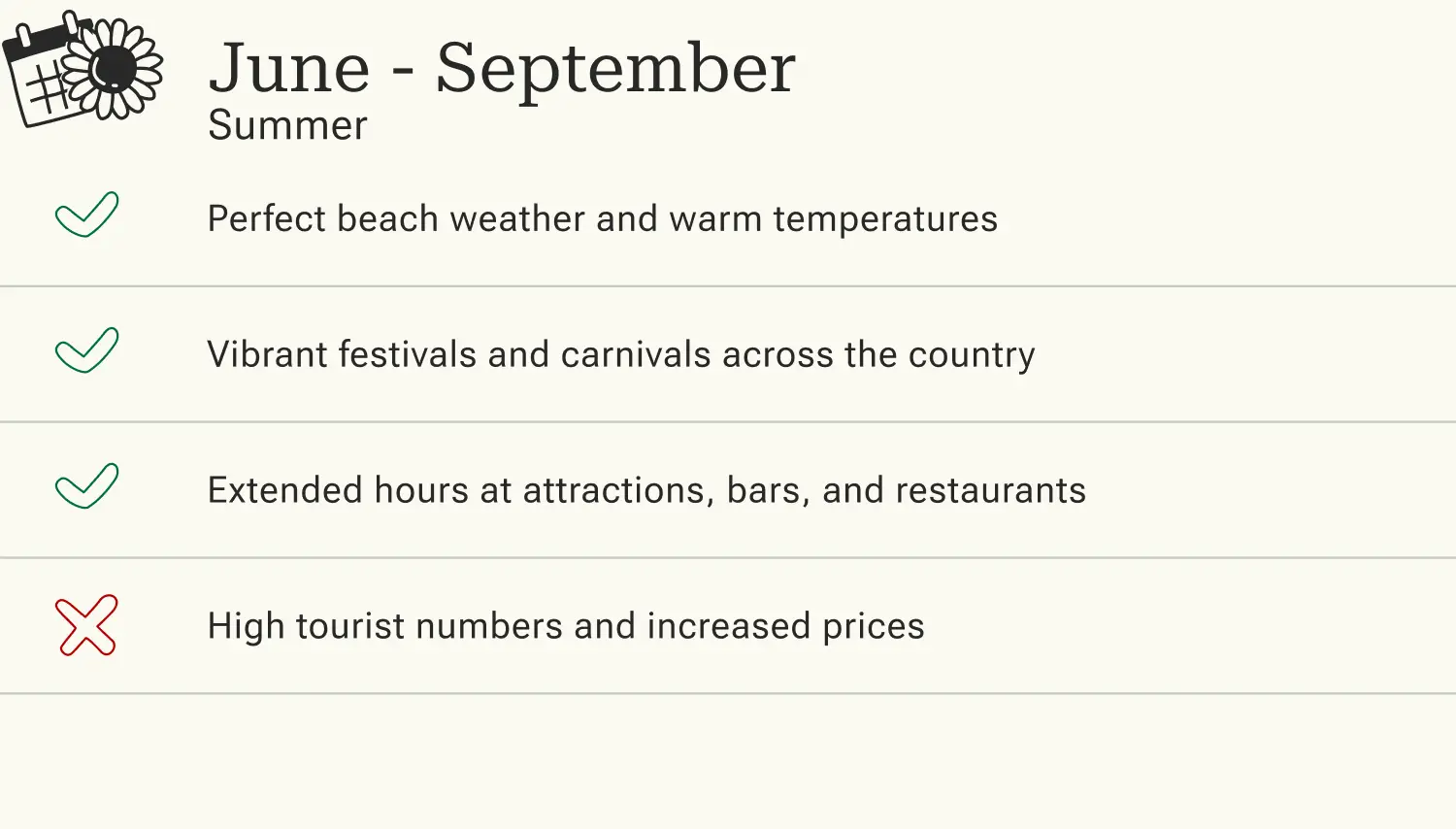
Italy in Summer
Summer in Italy is traditionally bathing and high season. Enjoy the sun on beaches in Sardinia, the Amalfi Coast or Rimini, where the water is warm and perfect for swimming. The weather in Italy in June and especially in July and August is very hot, especially in the big cities and in the extreme south. In addition, many families and school classes travel through the country. Due to the long days, many museums and archaeological sites have longer opening hours and restaurants and bars invite you to enjoy themselves late into the night. If you don't mind the heat and crowds, this is the best time to visit Italy.
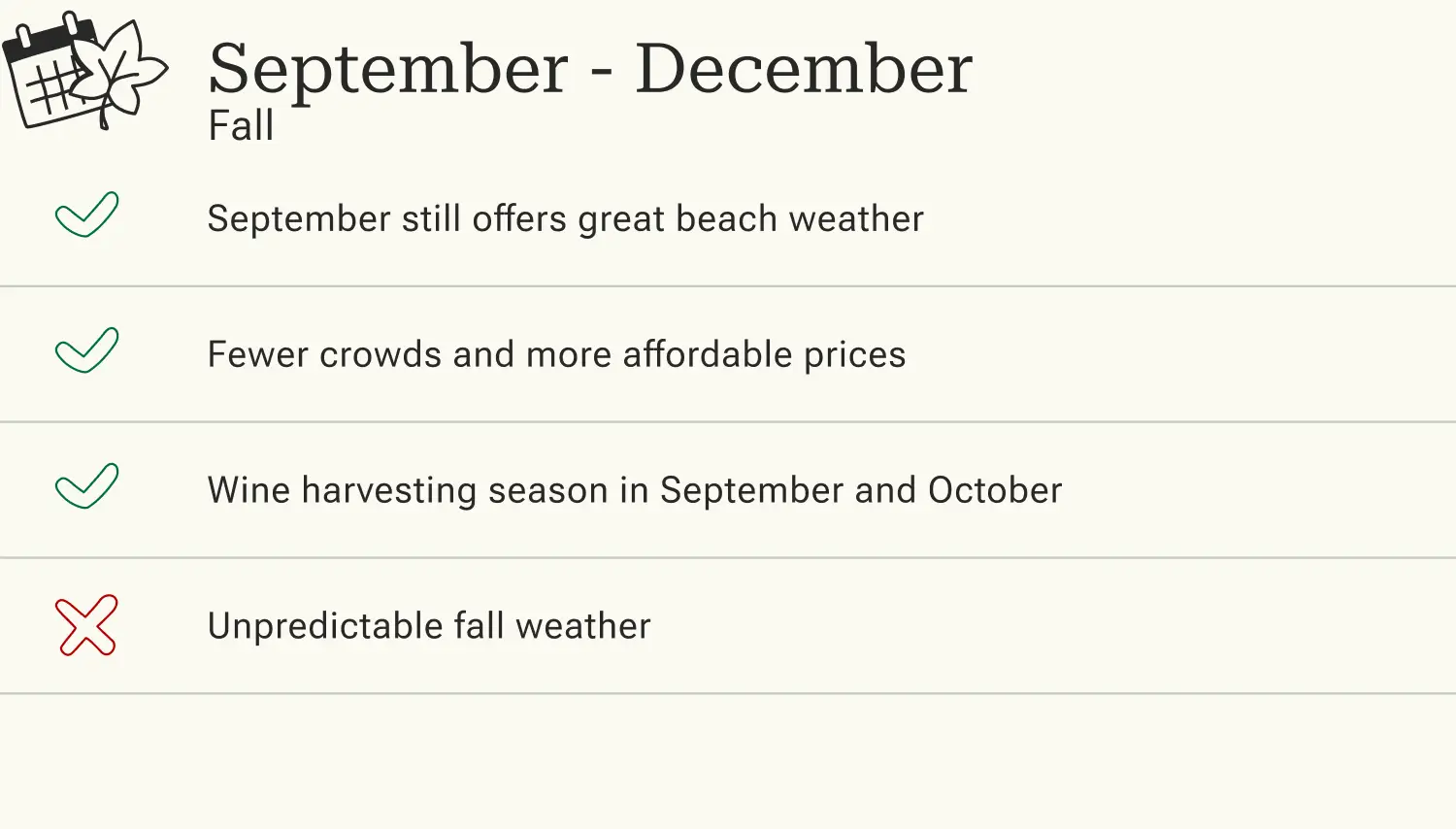
Italy in the Fall
Italy in the fall can be full of surprises: you can be rewarded with a glorious October day or it can rain for days on end, especially in the wettest month of November. September is usually still quite warm to hot, even if cooler evenings hint at the arrival of fall. The seaside resorts close in October. September to November is the best time to visit Italy if you don't mind the unpredictable weather but want to avoid the crowds. You'll find cheaper flights and hotels and the cities are much less crowded.
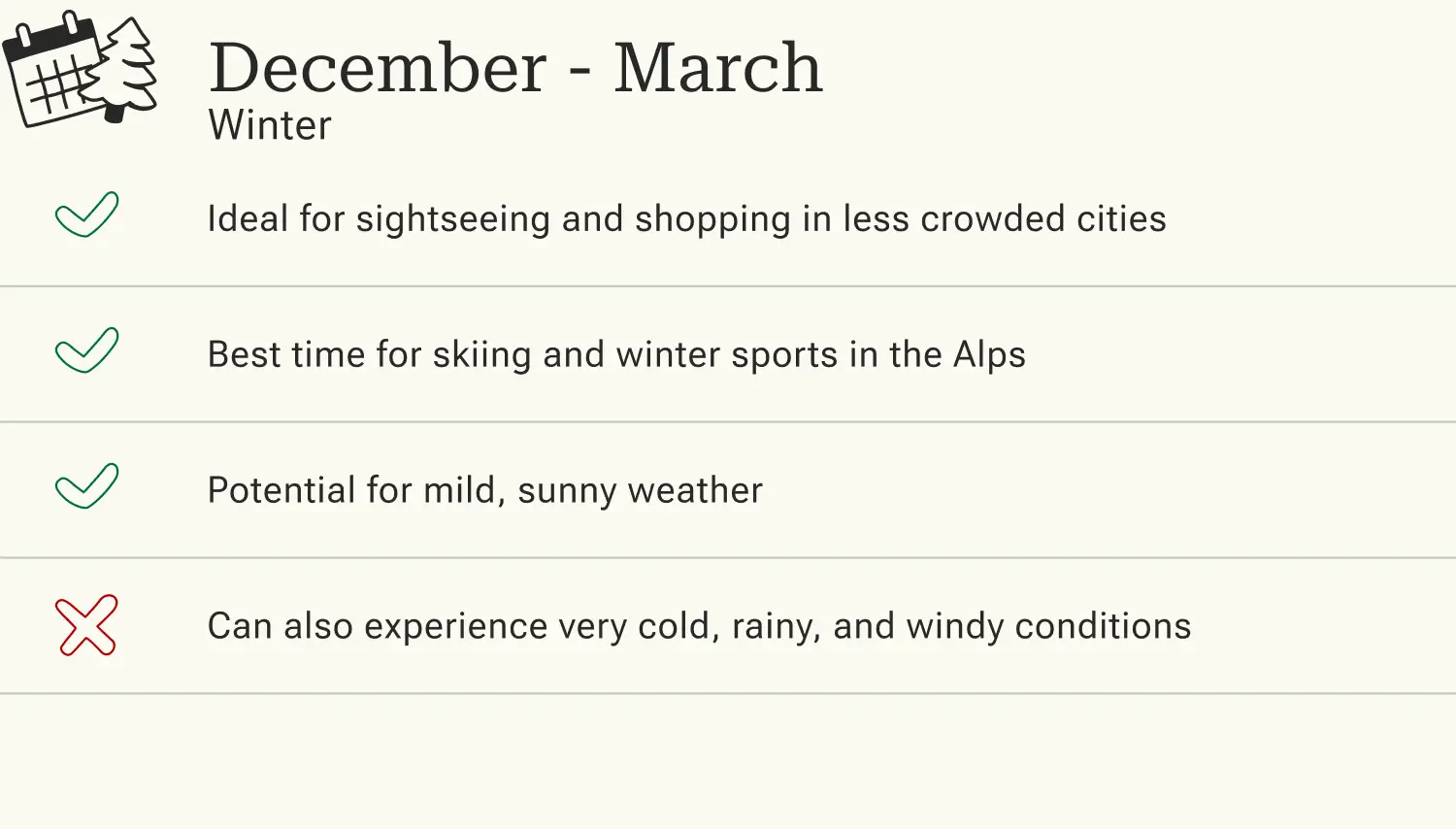
Italy in Winter
The Italian winter can be sunny and spring-like or bitterly cold and windy. It is generally temperate in central Italy, but in the coastal areas it can be quite harsh, with strong winds, rough seas and rain. This is the best time to visit Italy for winter sports, so the ski resorts are busy and Italy's cities are empty in January and February. The weather in Italy in December can be unpleasant, but the cities fill up with people flocking to the Christmas fairs and shopping for Christmas presents. In the south, rainy days alternate with bright, spring-like days and the countryside is lush and green.
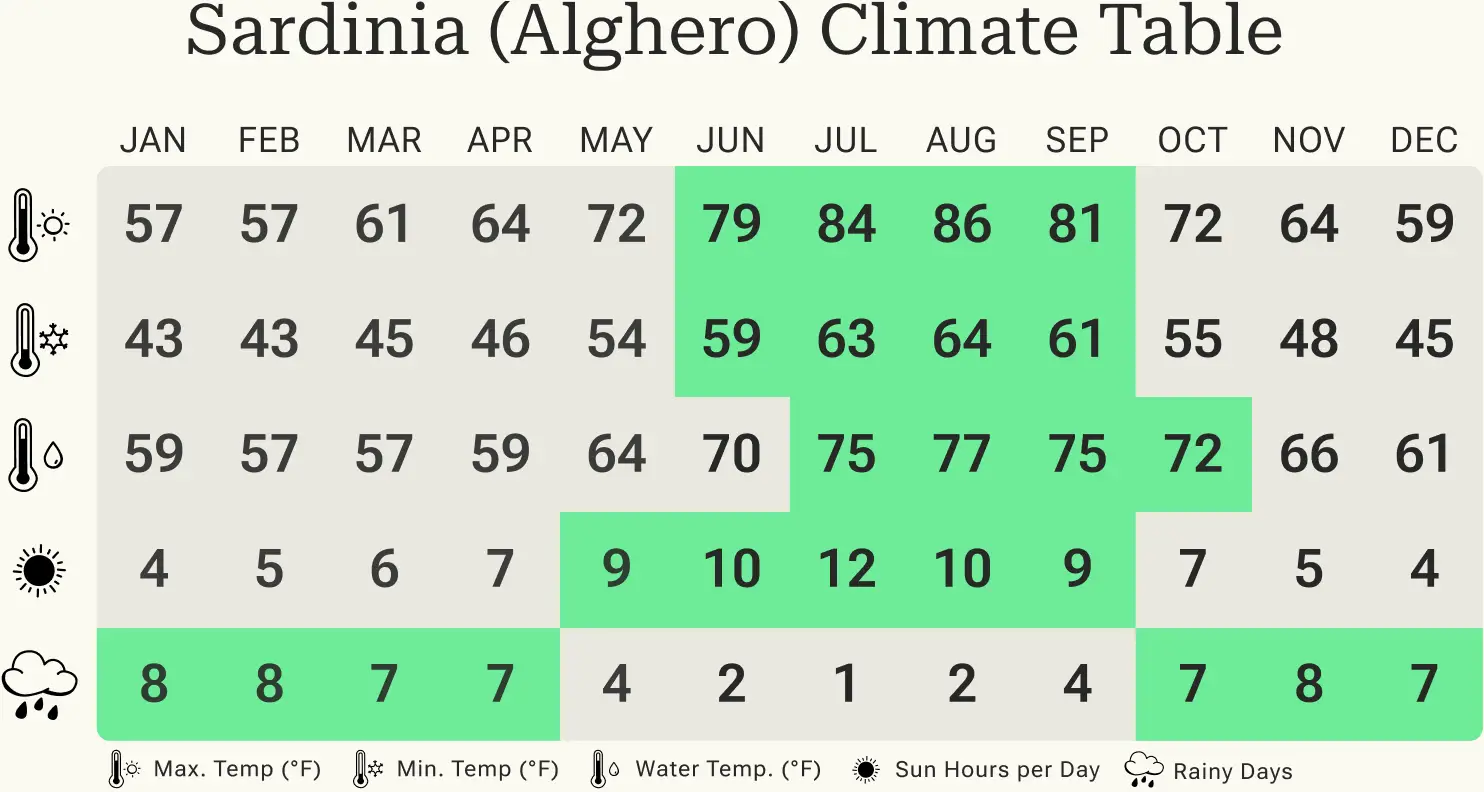
Best Time to Visit Sardinia
The best time to visit Sardinia is from April to June, when temperatures have not yet reached their peak and the cacti are in bloom. Nevertheless, summertime in Sardinia has its advantages: The Tyrrhenian Sea and the Mediterranean are pleasantly warm at this time of year, for example, and the calendar is full of festivals and events. September and October offer travelers mild weather and fewer crowds.
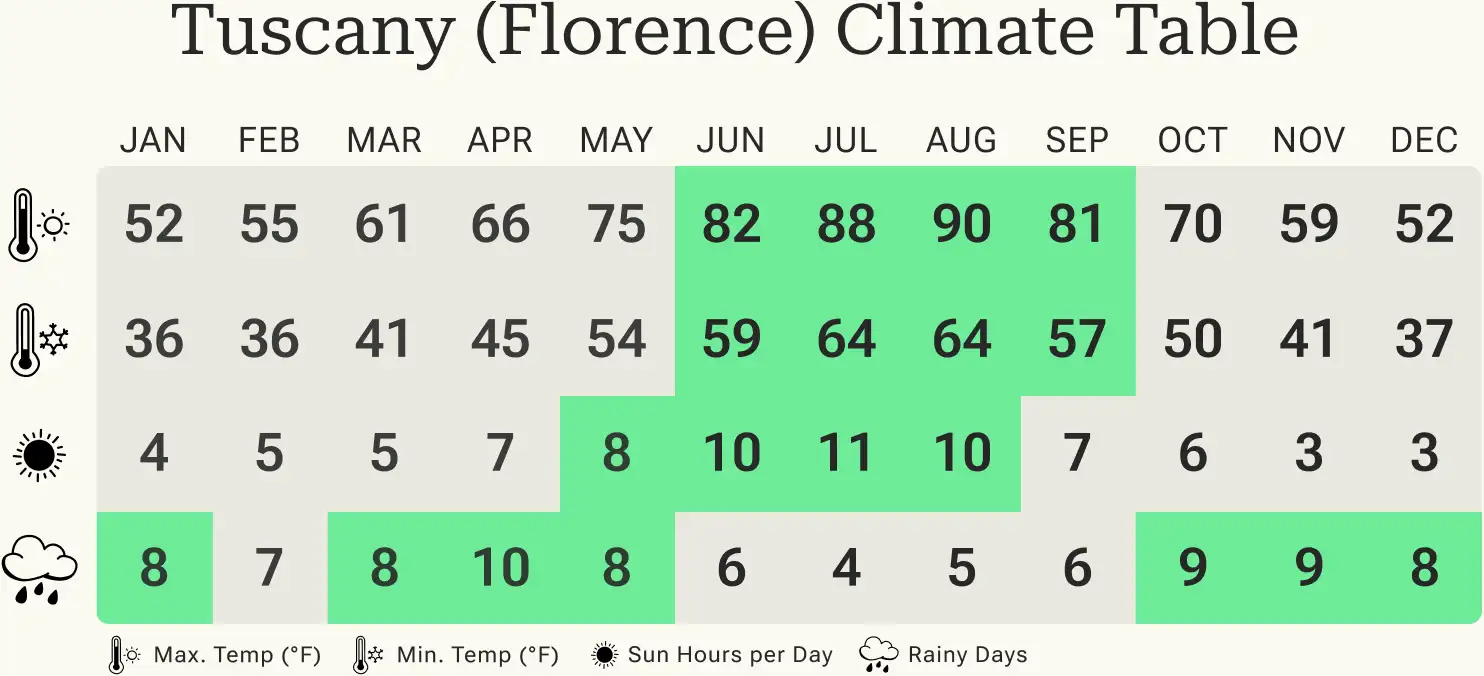
Best Time to Visit Tuscany
Apart from the historic cities such as Pisa and Florence, Tuscany is known for its rolling hills and vineyards. The best time to visit Tuscany is in spring between April and May and in fall between October and November. At these times, the temperatures are less oppressive and fewer people are drawn to the region, although crowds of tourists can be expected in the cities all year round.
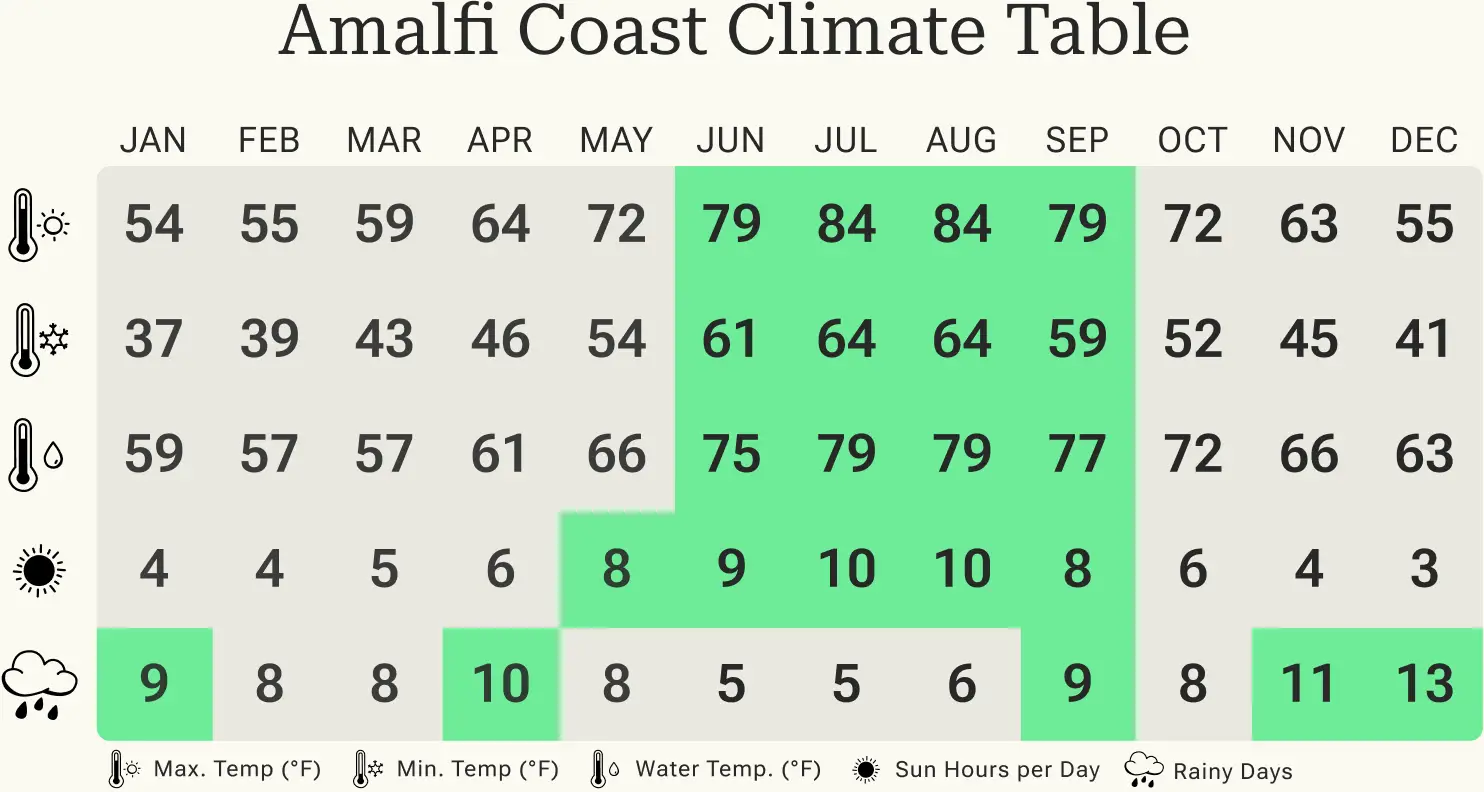
Best Time to Visit the Amalfi Coast
The best time to visit the Amalfi Coast is in the spring or fall—especially in May or September. During these months, the weather is warm and pleasant, with daytime temperatures around 77°F (25°C), and the crowds are much thinner compared to peak summer season. You'll be able to enjoy the coastal views, charming towns, and winding roads without the summer rush.
While summer (June through August) offers ideal beach weather with hot, sunny days, we don't recommend traveling during this time if you prefer a more relaxed experience. The region becomes packed with tourists from all over the world, and the narrow streets and beaches of towns like Positano and Amalfi can get very crowded.
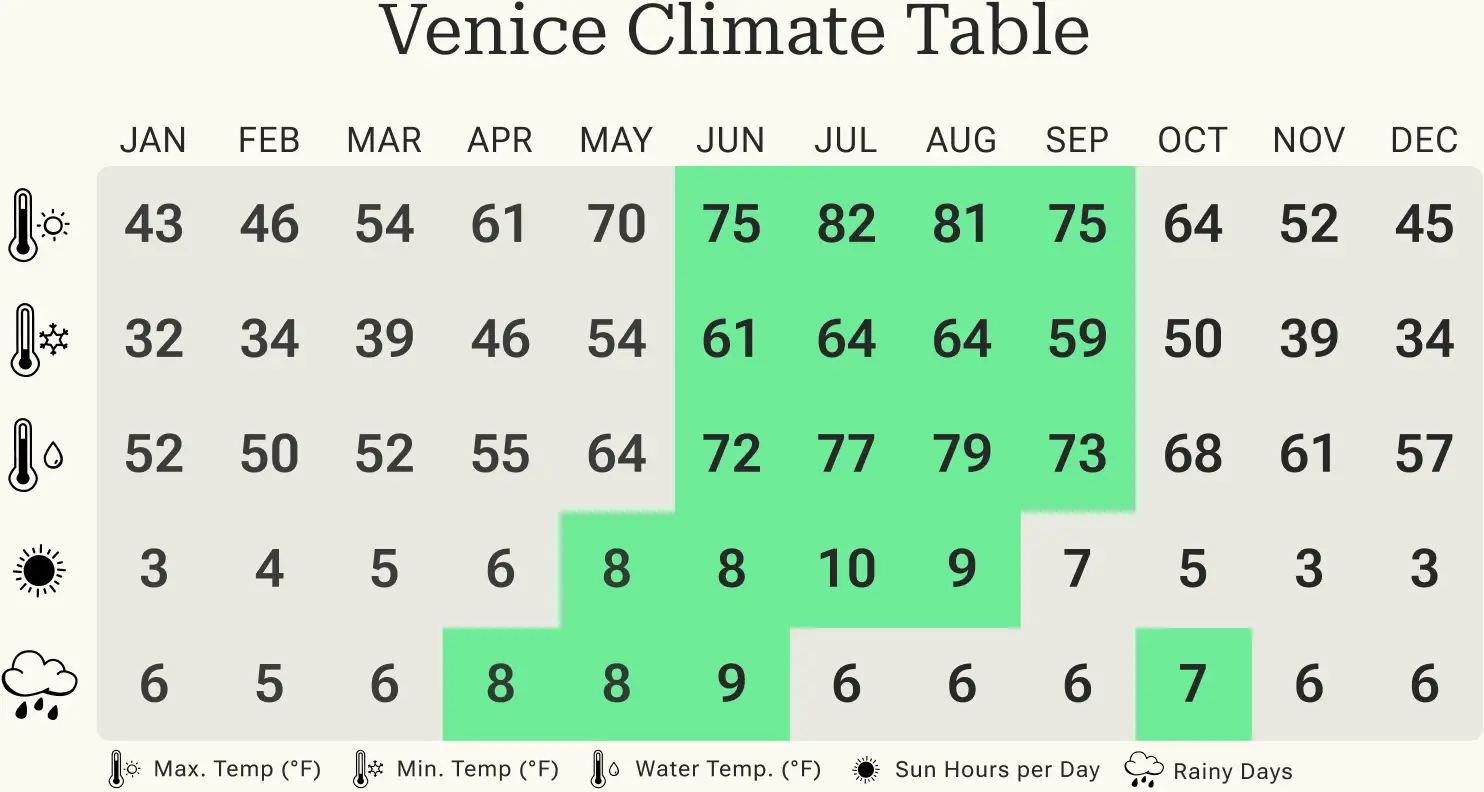
Best Time to Visit Venice
The floating city is popular with tourists for its many historical sites, ornate architecture, picturesque bridges and opulent palaces. Whether you visit in February for the carnival or want to linger on the beaches of the Lido in summer, you can always expect crowds here. The best time to visit Venice is in the fall and winter.
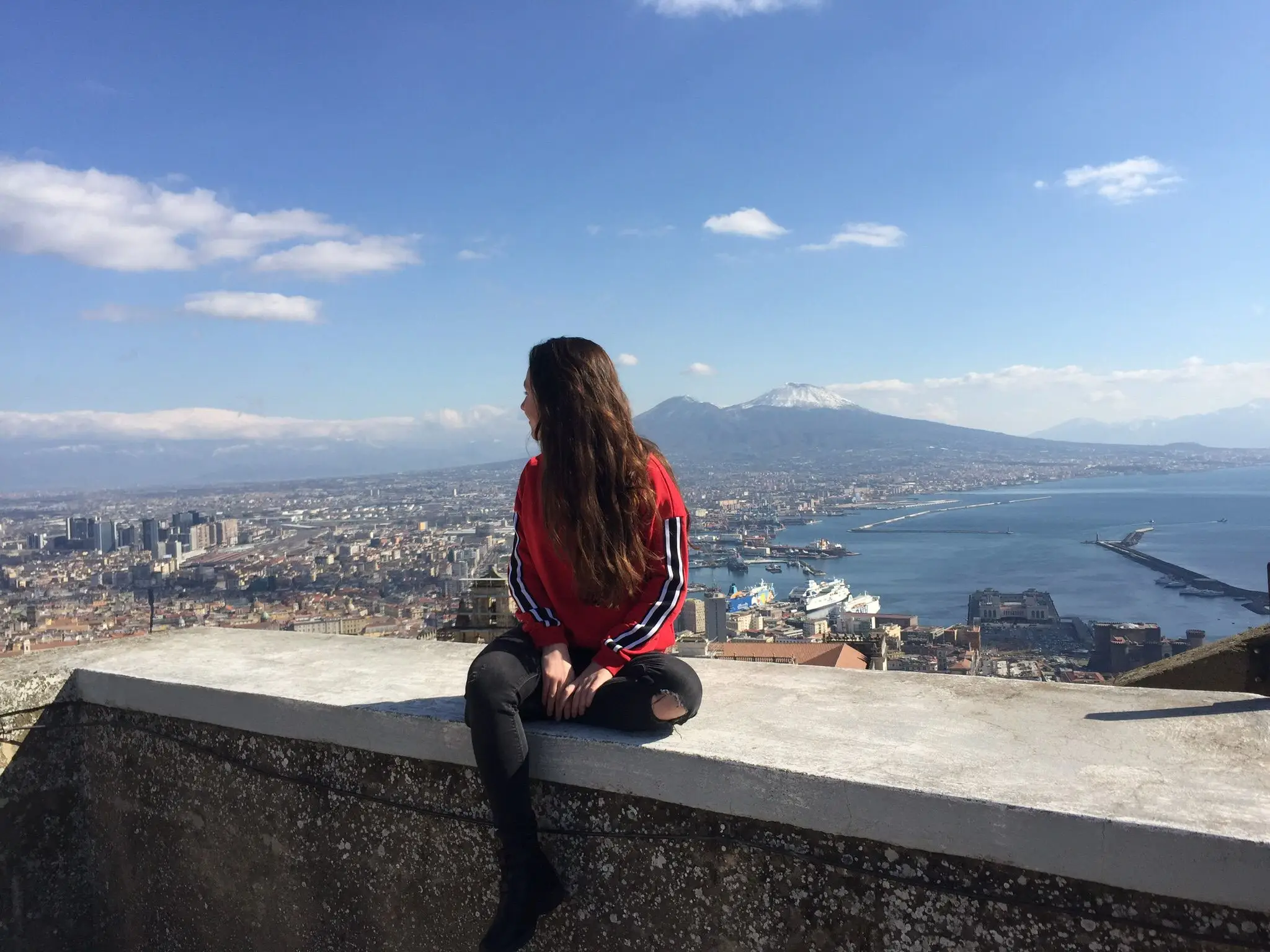
“Avoid traveling to big cities such as Milan, Naples or Rome in the height of summer. The weather is very hot and humid then, and sightseeing is not much fun. The best months for city trips are February, March, October and November. If you're lucky, the weather will be sunny and mild. In any case, the cities are less crowded.”

Antonella Deuster
Travel Expert for Italy
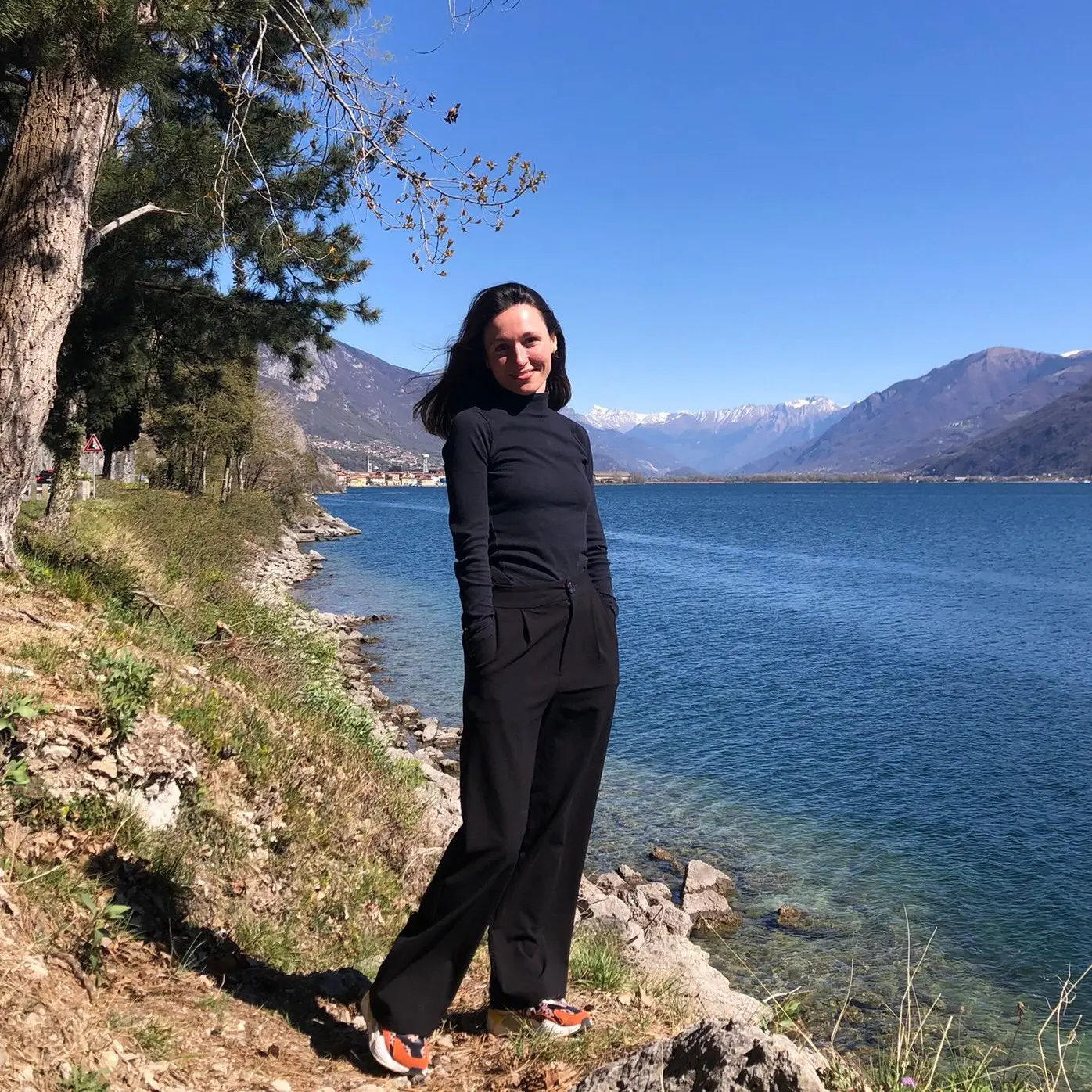
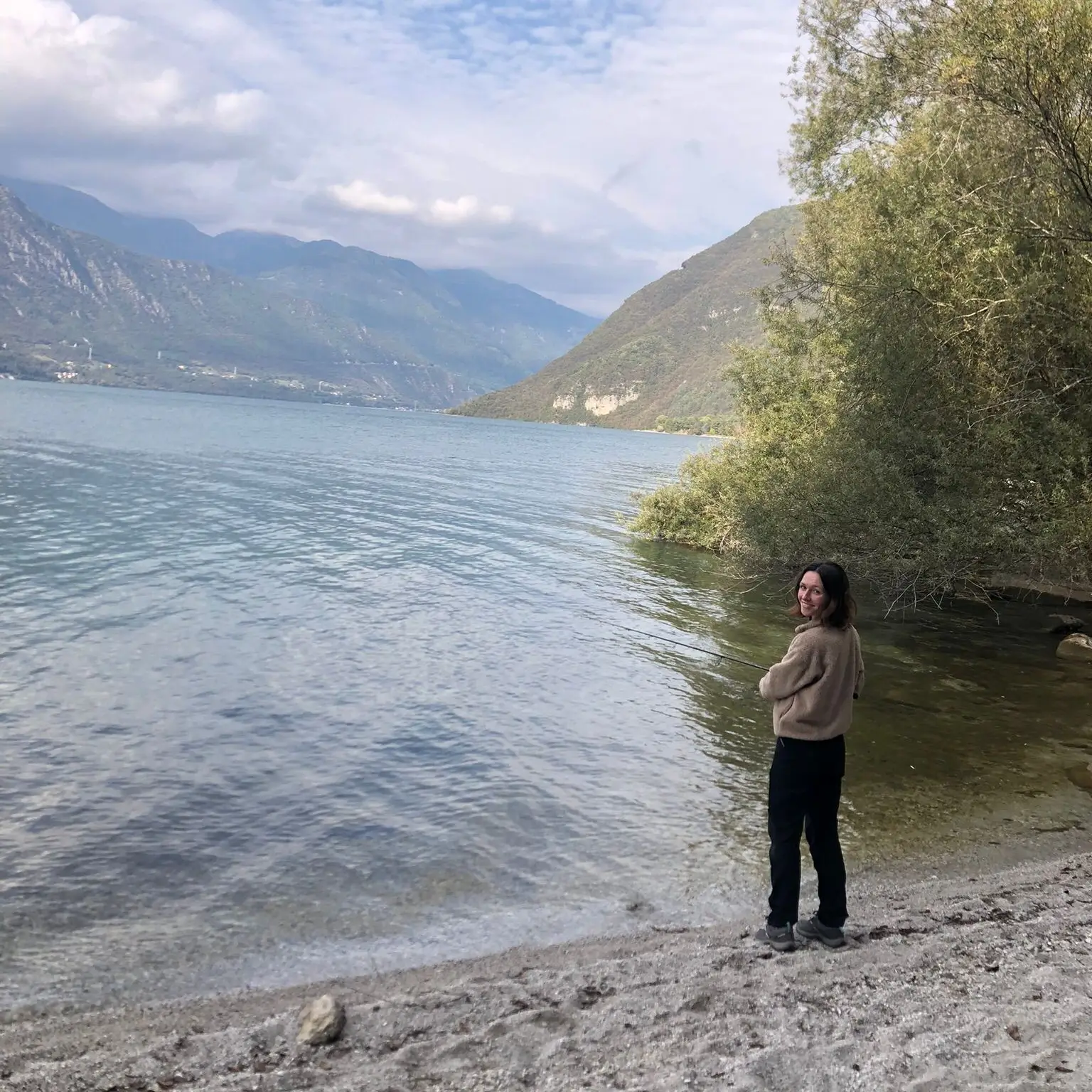
“The northern Italian lakes, e.g. Iseo, Como, Garda and Orta, are also worth a visit in early spring and early fall. Hikes and boat trips are particularly worthwhile then!”

Antonella Deuster
Travel Expert for Italy
1/2
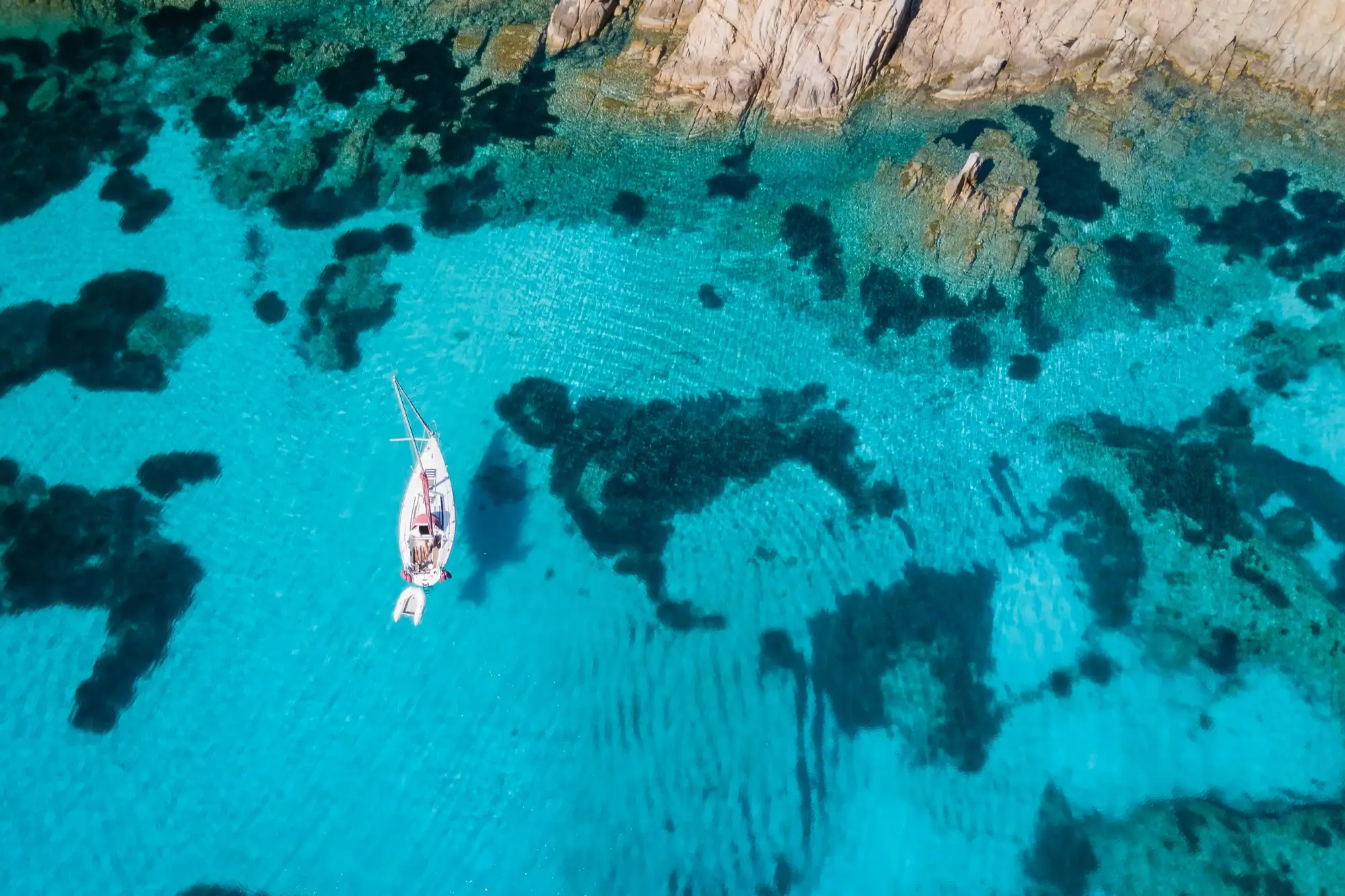
Sailing
Sailing is a must in Italy, as the country is home to some of the best sailing areas in the Mediterranean. In general, the wind is usually stronger on the islands of Sardinia and Sicily than in the Gulf of Naples and on the Riviera. The general sailing season in Italy lasts from the beginning of May to the end of October. The peak months include July and August, although there can be periods without wind. In summer, the bays are crowded and moorings are quite expensive, which is why early fall is the best time to sail in Italy.
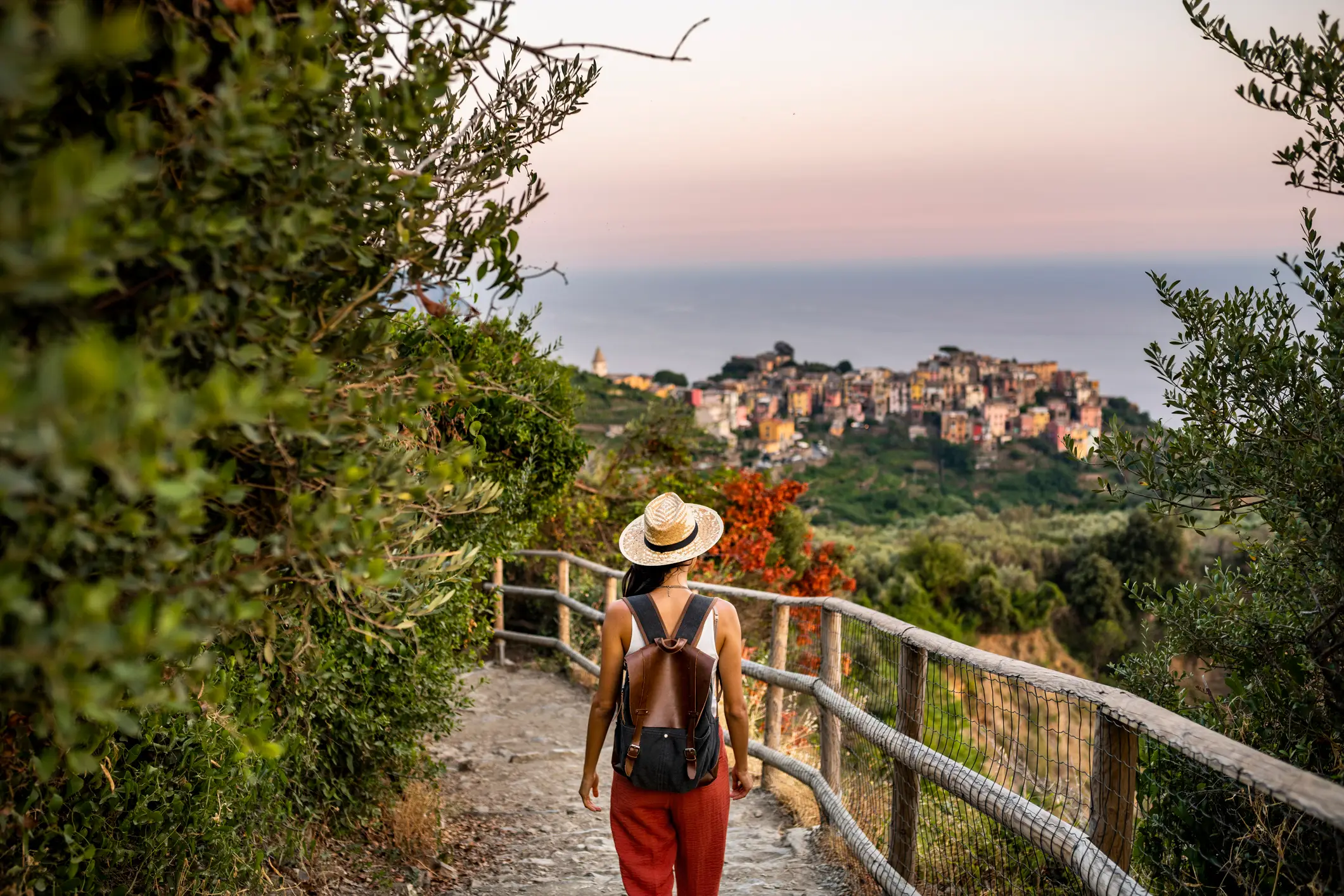
Hiking
If you are traveling outside of the hot summer months, this is the best time in Italy to go on a hiking vacation: cooler temperatures, fewer crowds and an abundance of seasonal landscapes make Tuscany, southern Italy and the Dolomites a perfect hiking paradise. Hiking in May - June and September - October is ideal in these areas and even in winter you can go on exciting snowshoe hikes in the Dolomites or on Mount Etna.
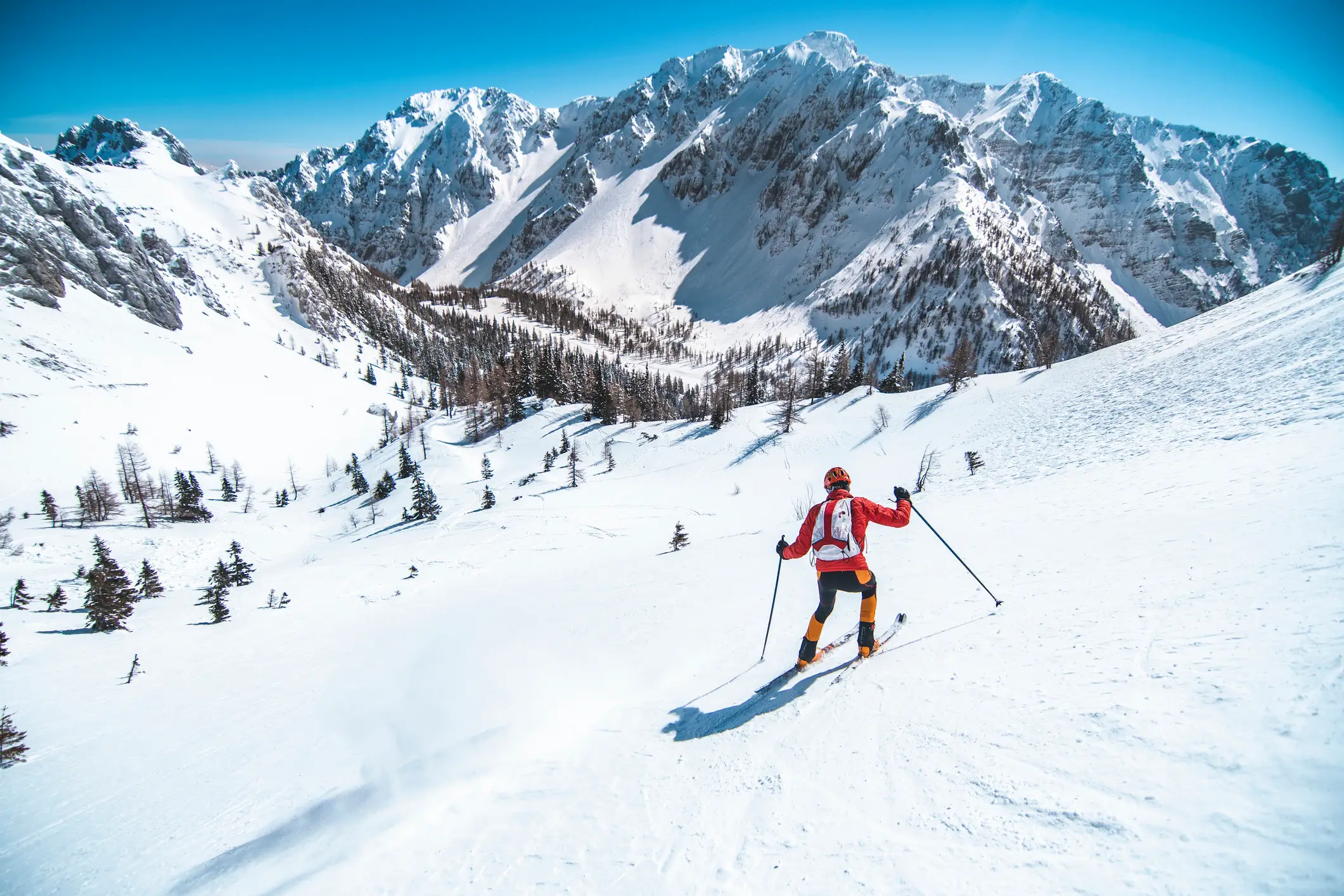
Skiing
Despite the warm climate in winter, Italy offers excellent conditions for skiing and snowboarding. The northern Italian ski resorts are known for their affordable prices, cheerful, family-friendly atmosphere and delicious traditional food. If you want to avoid the crowds for snowboarding and skiing in Italy, the best time to go skiing in Italy is in December before Christmas, from the second week of January and every snow day thereafter, except weekends.
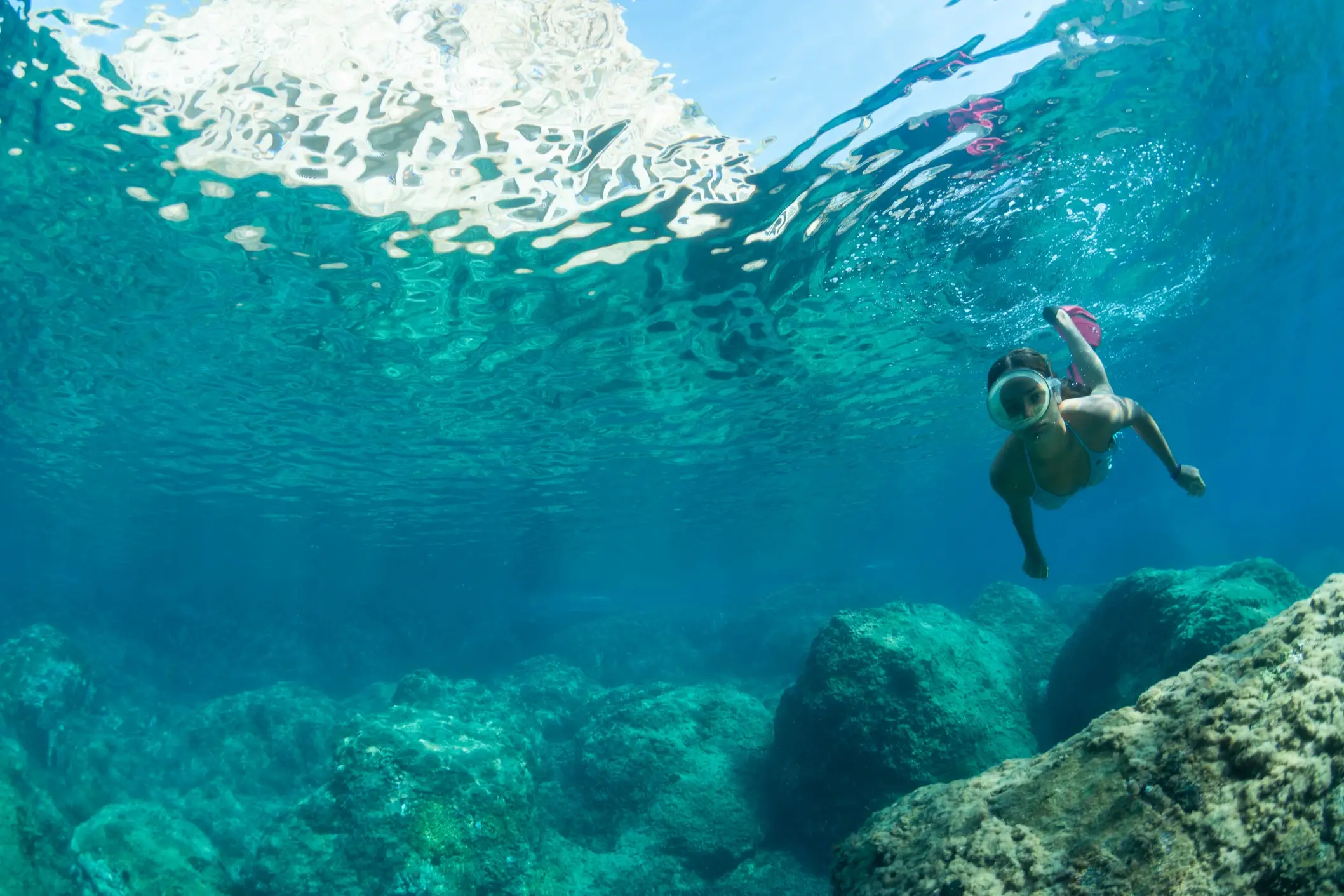
Diving
For frequent travelers, Italy is a dream destination, for enthusiastic divers it is an unadulterated pleasure. Diving in Italy is still an insider tip for many. However, the warm, clear waters of the Adriatic and Mediterranean are the perfect place for some of the best diving trips. The best time to go diving in Italy is from May to October. Please note that the beaches are always very crowded in the peak summer months.

Honeymoon
The periods from April-June and September-October are the best times to visit Italy for a honeymoon. During this period, the weather remains pleasant for sightseeing and activities, and there are not so many tourists in the country. Thanks to the geographical diversity and abundance of sights, you can even spend a whole month here without getting bored.

Road Trip
Are you planning a road trip through Italy? The best time to experience Italy on a stress-free road trip is spring and fall. In September, it is still warm enough to swim in the sea and cool enough to go sightseeing. The grape harvest season begins and the piazzas invite you to linger over an Aperol Spritz. In spring, the landscapes blossom and the hills of Tuscany are lush green.

Family Vacation
From ancient treasures to beautiful beaches, snow-capped mountains and the world's best gelato - few countries are as suitable for a vacation with children as Italy. The best time to visit for a family vacation largely depends on what you want to do. The months of June to early September are ideal for a seaside vacation. However, avoid August, when prices and visitor numbers skyrocket due to the national holiday in the middle of the month. Sightseeing and exploring are too strenuous in the hot summer, so spring and fall are the better choice.

Beach Vacation
If you love sun and sea water, the best time to travel to Italy is between June and early October. These months offer warm, sunny weather at the most popular beach destinations. For a beach vacation in Italy in summer, you should prefer the lesser-known regions in the south such as Calabria or Apulia, where the water temperatures are very pleasant and there is not so much going on. In early and late summer or at the end of September, the number of visitors and prices are noticeably lower.





























































